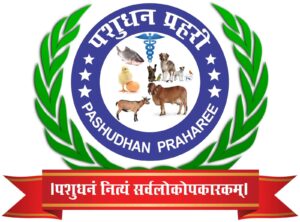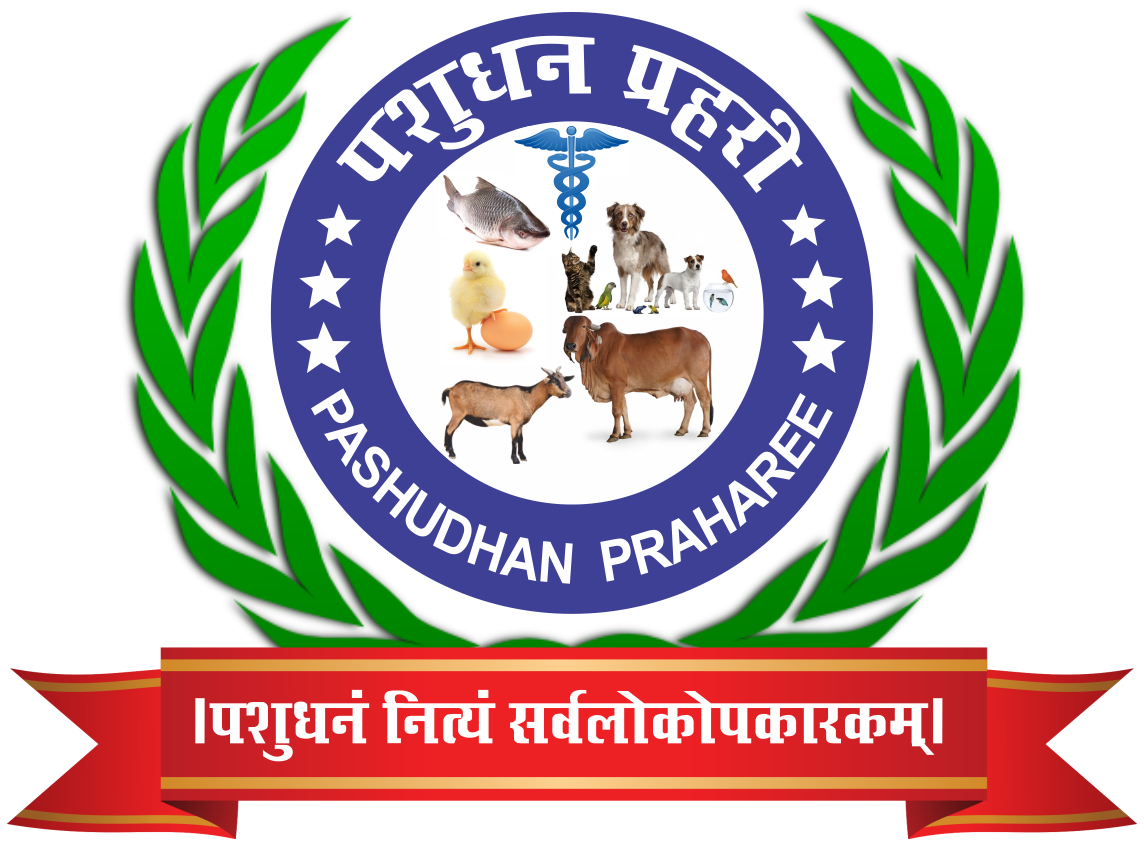Bio-Fortification in Indian Agriculture: A Nutritional Revolution Rooted in the Soil

Bio food fortification is the process of improving the nutritional quality of food crops through conventional plant breeding or modern biotechnology, so that the essential micronutrients (like iron, zinc, vitamin A, etc.) are naturally embedded in the food crops themselves. It is not an external addition of nutrients, but genetic enhancement of staple crops to combat malnutrition at the root level.
Why is it Important for India?
India, despite being a major agricultural economy, faces a high burden of malnutrition:
- Over 70% of preschool children and women suffer from micronutrient deficiencies (hidden hunger).
- Rural and tribal populations primarily consume cereals with low micronutrient density.
- Reliance on chemical supplements and pills is not sustainable or accessible in rural areas.
Bio fortification offers a sustainable, cost-effective, and far-reaching solution to address this hidden hunger.

- Iron-rich Pearl Millet (Bajra) – helps combat anemia.
- Zinc-rich Wheat – enhances immunity and growth.
- Protein-enriched Maize (QPM) – improves child development.
- Vitamin A-rich Sweet Potato and Rice – boosts vision and skin health.
These crops have been developed and promoted by ICAR, HarvestPlus, ICRISAT, and other research institutions under national programs.

Nutrition at Source – Empowering poor households through nutritious staples.
Sustainable Agriculture – Reduces dependency on artificial fortification.
Enhances Farmer Income – Premium market value and better health reduces medical expenditure.
Strengthens Agri-Nutrition Linkages – Aligns agriculture with public health goals.
Improves Tribal and Remote Area Nutrition – Especially relevant for states like Jharkhand, Odisha, Chhattisgarh, etc.

- Poshan Abhiyan, Eat Right India, and Biofortification Missions are actively promoting these varieties.
- FAO and WHO recognize bio fortification as a promising strategy for achieving SDG 2 (Zero Hunger).

Promote biofortified seeds through Krishi Vigyan Kendras (KVKs), FPOs, and Agri Extension.
Develop supply chains and market linkages for biofortified products.
Awareness campaigns for consumers about health benefits.
Provide incentives/subsidies for farmers growing biofortified crops.

Bio-fortification is achieved through three primary methods:
- Conventional Plant Breeding
- Cross-breeding high-yielding varieties with wild relatives or traditional varieties that are rich in micronutrients.
- Repeated selection over generations to fix desirable traits.
- Widely used for crops like wheat, pearl millet, maize, and rice.
- Example: Zinc-enriched wheat developed by ICAR and HarvestPlus.
- Agronomic Bio-Fortification
- Application of micronutrient-rich fertilizers (like zinc, selenium) to soil or as foliar sprays.
- Short-term solution.
- Improves nutrient content but needs regular applications.
- Common in vegetables, pulses, and rice.
- Genetic Engineering / Transgenic Approach
- Genes responsible for nutrient biosynthesis (like pro-vitamin A in Golden Rice) are inserted.
- Highly targeted and rapid method.
- Faces regulatory and public acceptance challenges.
- Used mainly for crops like Golden Rice, Iron-enriched Cassava (still under trial in India).

| Crop | Nutrient Fortified | Developed By |
| Pearl Millet | Iron & Zinc | ICRISAT, HarvestPlus, ICAR |
| Wheat | Zinc | ICAR – IARI |
| Maize (QPM) | Lysine & Tryptophan | CIMMYT, ICAR |
| Rice (Golden) | Vitamin A | IRRI (under trial in India) |
| Sweet Potato | Beta-Carotene | CIP (International Potato Center) |
| Lentils | Iron & Zinc | ICAR, IIPR |


- Sustainable solution for long-term nutrition improvement.
- Cost-effective once adopted—no recurring costs like fortification at processing stage.
- Can be integrated into existing farming systems without extra input.
- Improves public health outcomes, reducing healthcare costs.
- Endorsed by WHO, FAO, and government missions (e.g., Poshan Abhiyaan).

- Slow adoption by farmers due to lack of awareness or demand.
- May require more breeding cycles and R&D.
- Initial yield penalty in some varieties.
- Limited market incentives and branding for bio-fortified produce.
- Lack of consumer awareness on benefits.

- Huge potential in tribal and malnourished regions like Jharkhand, Odisha, and Bihar.
- Can be promoted via FPOs, KVKs, and Agri startups.
- Scope for export of high-nutrition produce.
- Integration with school mid-day meals and ICDS programs.
- Private sector can invest in value-added products (bio-fortified wheat flour, maize-based health mixes).

- Regulatory hurdles, especially for GM crops.
- Consumer mistrust or misinformation.
- Dominance of traditional high-yielding but low-nutrition crops.
- Climate stress may affect nutrient uptake in crops.
- Lack of incentive mechanisms for farmers growing bio-fortified crops.
Bio Food Fortification represents a game-changing approach in Indian agriculture. It has the potential to redefine food security, improve national health outcomes, and empower vulnerable populations, especially in rural and tribal India. In the era of climate change and rising food insecurity, this innovation can be India’s nutrition revolution from the soil up.
Bio-fortification has the potential to revolutionize Indian agriculture by aligning it with nutrition security and sustainable farming goals. With the right mix of policy support, awareness, market development, and scientific innovation, it can become a cornerstone of India’s Agro-Nutrition Revolution, especially benefiting marginal, tribal, and vulnerable populations in regions like Jharkhand.



